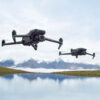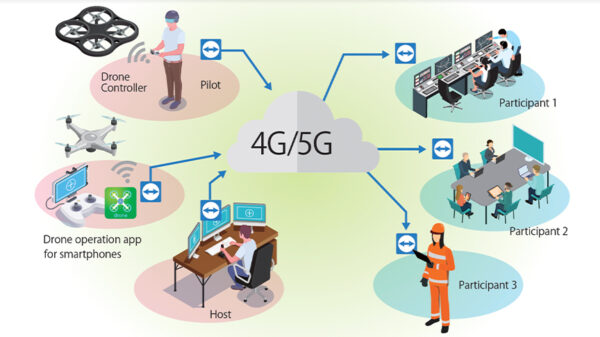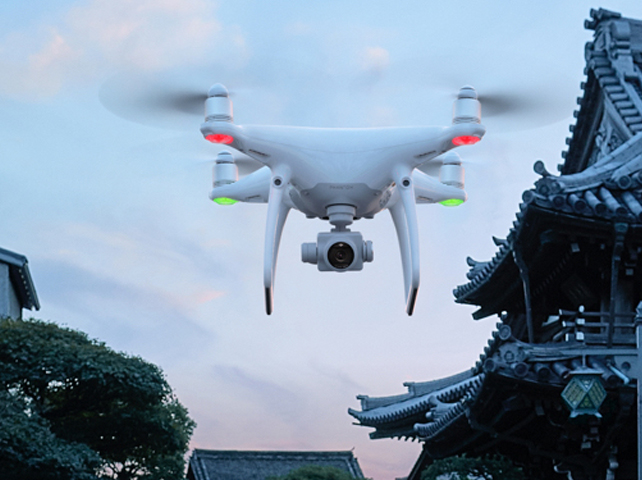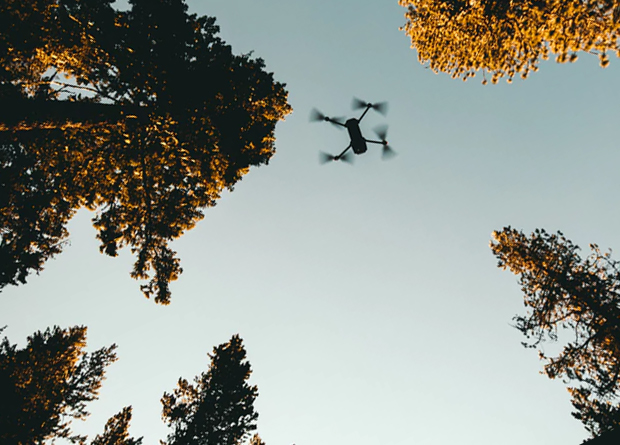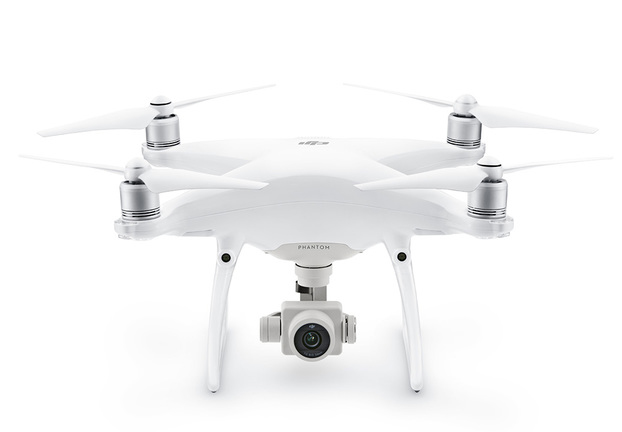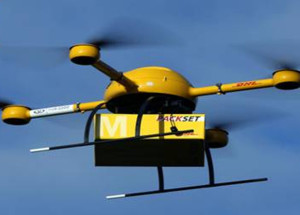
The logistics industry is carving out drone-led solutions to reduce costs and increase efficiencies but as with any new technology, it’s raising more questions such as, will there be drone delivery highways in the sky? DHL PHOTO
Businesses need to start thinking differently about drone technology, if they want to succeed, says Shara Evans, internationally acclaimed technology futurist.
Along with 3D printing and augmented reality, robotics – including UAVs are the three most significant technologies that will shape the way businesses operate. The most successful companies will be trialing these technologies now to gain the greatest outcomes says Evans, CEO for Market Clarity, a telecommunications analyst firm.
“UAVs, commonly referred to as drones or flying robots, like many emerging technologies will challenge businesses to think outside the box. How can I solve a real-world problem in a different way? How can I use smart technology to drive efficiencies in my business or supply chain?” says Evans.
Emergency services, disaster relief, mining, utilities, agricultural, environmental science, surveying, news reporting, videography, surveillance, national security and defense are already experiencing the profound positive impacts of utilizing this form of technology. Evans says it’s up to other industries to carve out UAV-driven solutions enabling them to jump on board.
“Industries from emergency services, to environmental science, to video production and surveillance are already using drone technology and have seen a positive effect, depending on what their objectives are.
“In scientific and industrial applications drones are already equipped with a wide array of sensors and cameras including laser rangefinders, thermal imaging cameras, pressure sensors, humidity sensors and chemical sensors; all solutions to situations where human-safety is a concern or human access is simply unfeasible.
“The logistics industry is carving out drone-led solutions to reduce costs and increase efficiencies but as with any new technology, it’s raising more questions such as, will there be drone delivery highways in the sky? What types of insurance and licensing will be required? Will drones be equipped with black boxes in case something goes wrong? Will drones have to comply with noise guidelines?
“It’s a start in the right direction and when flying robots become as easy to use as a smartphone, then we’ll see businesses layer on an even wider range of innovative applications to get the most out of them,” said Evans.
“There are genuine concerns about camera equipped UAVs invading one’s privacy. In the wrong hands, flying robots have the potential for harm but they also offer potential to transform the way our communities work.”
Evans will be speaking at global technology event CeBIT Australia, 5 – 7 May 2015.





































































































